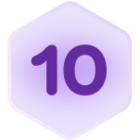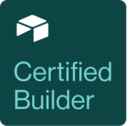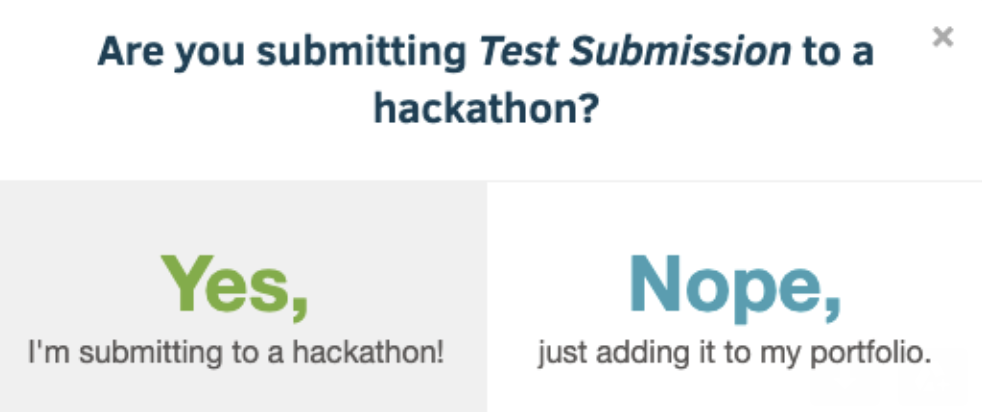Are you looking for feedback on usability or design best practices for your Custom Block? As part of the ongoing Custom Blocks contest, we’re hosting a live Ask Me Anything (AMA) session in this thread on Wednesday (6/17) at 11am PT .
Jay Ransijn and Stephen Suen from our platform engineering team have designed and built countless blocks. They will be available to answer any design-related questions you have.
The top 3 upvoted questions (or solutions from the community!!) will win a $40 Amazon gift card. You can even start posting your questions now, and we’ll be answering questions live from 11am - 11:30am PT on Wednesday. See you there!






